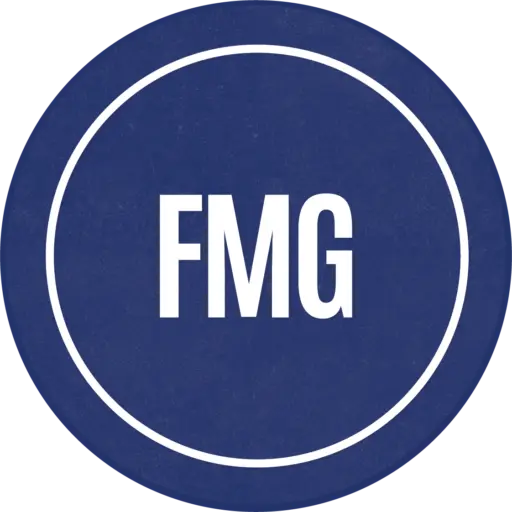FMG has been working with the event promoters since 2019 to help grow a regional music and whiskey festival. After implementing the 360-degree marketing program, we grew revenue by 24% (2019 versus 2018). After a one-year hiatus due to the COVID-19 outbreak, the event returned in August 2021. We grew revenue by 156% (2021 versus 2019). In 2022, total sales were up 49% from 2021. (2022 versus 2021). 2023 was a break-even year with 2022.
Challenges
-
Event Attendance declining
-
Website pages not optimized for sales conversions
-
Limited organic social media postings and presence
-
Un-targeted social media ads
-
Heavy print media marketing (flyers, newspapers, and magazines)
- Undeveloped process for attaining high level sponsors
- Outdated Brand
What We Did
- Developed sponsorship packets that allowed them to uplevel their revenue from sponsors by 300% and create a more desirable experience for ticket holders (2022)
- Full rebrand including updating logos and merchandise to become more modern (2022)
- Complete website re-design (2020)
- Website updates and integration with Facebook Business Manager, including setting up pixels. Revised landing pages to make it easier to quickly convert viewers who engaged with paid ads.
- Annual Services
- Organic social media calendar creation and daily engagement with users on Facebook and Instagram
- Regular email marketing to new and past event attendees
- Meta (Facebook Business Manager) management. Ad creation, audience targeting, adjustment, and monitoring
- Graphic Design
- Print Marketing
- Payment platform management (Square)
- Weekly and monthly reporting to clients
After four years with FMG, this client continues to enjoy year over year revenue growth.
The Solution
When we were first hired, we overhauled the website, switched the advertising expense away from print marketing (flyers and newspaper ads) and toward paid and organic digital marketing.
After proving the model with 2019 sales increases, we rebuilt the entire website so it easily integrated with Square, social media accounts, Meta Ads, and Google Tools.
The 360-degree marketing program
The key to success for this client is our 360-degree marketing program. Rather than focusing on one or two media channels, we develop content across print and digital to consistently reiterate the client’s core message. This multiple-touch approach raises the value of each individual tool by reminding customers about the product.
Website
Every 30 days we created new, unique, relevant content that is made for your audiences. The core message is composed of up to 5 topics.
Organic Social Media
We created 30-day content calendars across all relevant social media platforms. We used heyorca.com to schedule and manage posts and give the client an easy tool to review and approve all posts before going live. We worked with the client team to monitor comments and manage organic interactions on social platforms.
Email Marketing
We created a MailChimp account to create branded emails with links directly to the revised landing pages. We imported all past event purchasers and sent monthly emails to promote the event and highlight presenters and performers. We also created copies of emails that partners could distribute to their email lists.
Digital Ads – Meta (Facebook Business Manager)
We installed Facebook pixels on the website. We created and tested several different audiences and target areas until we found a winning location and interest combination. We created, edited, and updated ads on a regular basis to ensure ticket sales were increasing. We highlighted different elements of the events that would appeal to these different audiences to maximize reach and access the largest possible audience.
Results
- 2019 versus 2018 – 24% Revenue Increase
- 2021 versus 2019 – 156% Revenue Increase
- 2022 versus 2021 – 49% Revenue Increase
- 2022 versus 2023 – Breakeven

